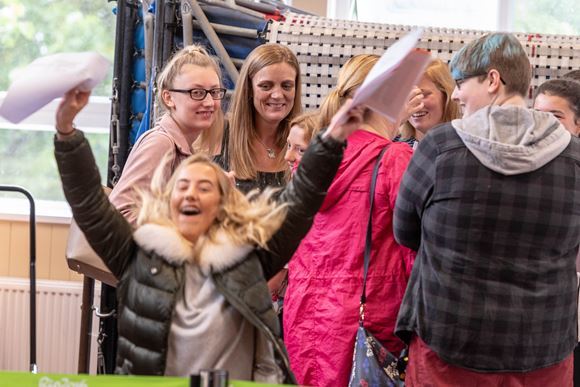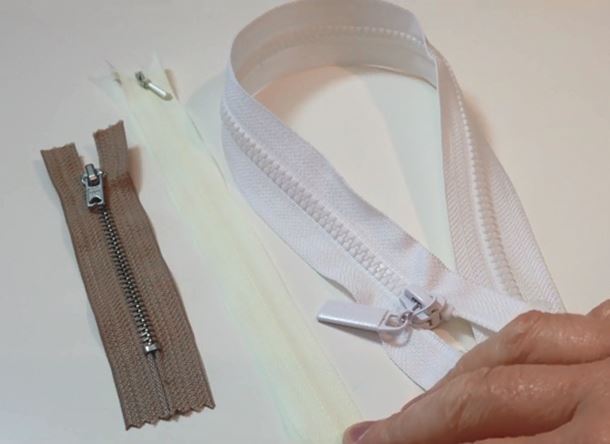What’s the point of school?
Published 10th September 2020
Written by: Tony Ryan
The title used for this D&T Practice Magazine editorial is also the title of an excellent book by Guy Claxton. This is a book that I read and re-read as a headteacher as I regularly sought to step off the education treadmill and carry out a sense check of where the school was, and how this stood up against the education that I believe in and wanted for the students.
We have all been guilty at some time or other of running without paying due attention to the direction of travel. The end goal of examination results and meeting accountability measures can be overpowering, and it is all too easy to lose track of the processes, systems and values that, if trusted, will produce these results and more.
When all is said and done the job of a headteacher can be boiled down to a few critical actions:
- appoint the right staff for your school and then support them to do their job to the very best of their ability
- carefully plan the curriculum model to best meet the needs of all students
- put systems in place to set high expectations, manage student behaviour and to create a positive, supportive and inclusive learning environment. A ‘happy’ place where people want to be
- allow your staff space and time to plan and deliver high quality, engaging lessons
- support staff members with high-quality subject specific CPD, this is a professional right, not an option
- build in structures to monitor the quality of delivery and to encourage reflection. Ofsted Outstanding is a misnomer as it suggests you can reach an endpoint. A genuinely outstanding school is always seeking to find new ways to get even better.
The above is, of course, something of an oversimplification. Schools are complex organisations with everyone, students and staff, bringing their own back story; this makes building in the capacity to slow the pace down and reflect even more critical.
Following the challenges experienced in the last four to five months as a direct consequence of COVID-19, I can understand the desire of the government to get all students back to full-time education in September. The gap between those that have and have not has never been more clearly exposed, and for many students, the time lost will be difficult to recover.
SEND students have dearly missed the educational and often emotional support that they receive when in school. For students from challenging backgrounds with unstable and often volatile home lives, school is perhaps the only constant that they can rely on not to let them down; it will take these students time to readjust to the structure and discipline that school provides. For these students, the imperative has to be to provide a structured return to school following the summer holiday.
But for all the negatives that have come since March, there have also been positives, and as educators, we should take time to evaluate and reflect on what we have learned before rushing back to where we were before.
It is not just in the world of education but also in business that we have found that technology can assist effective communication. E-Learning platforms, Zoom and MS Teams have allowed learning for those fortunate to have the technology available to them to continue almost uninterrupted. Many highly motivated and able students have flourished with the independence that home learning has provided, in many cases taking the opportunity to exploit the extra time afforded them to take learning to even deeper levels. These students have taken peer learning to new levels as they created online study groups to assist each other’s journey.
We have found that a significant number of students nationally can use the technologies that the education system has at worst ignored, mistrusted or dismissed, and at best failed to utilise to assist knowledge acquisition and personal progression fully. Treated as the young adults that they are, they have stepped up to the plate.
There exists a group of students in most (but not all) schools that have proved that they can thrive with supported home learning. By continuing to use the tools available to us to support these students to learn and stretch themselves independently, we can create the space and time within schools to spend more time with the students who need face-to-face teacher intervention and support.
The school system that we have is built on an outdated industrial model that many believe is no longer fit for purpose. COVID has forced a social and educational experiment that understandably could never have been tested within a typical ‘normal’ environment; we have been presented with a one-off opportunity to reflect, learn and implement change. We can grab this opportunity and make adjustments around it, or we can all return to how we were before.
If the point of school is, as I believe it to be, to provide a personalised education around a broad and relevant curriculum offer, to encourage challenging and reflective questioning, to gain and connect knowledge across a range of subjects, to grow in confidence and independence and to help students to like the person that looks back at them from the mirror, to prepare young people to engage with life, work and society confidently; then we must take this opportunity to step off the educational treadmill, reflect and adapt.
Tony Ryan
D&T Practice Magazine, July 2020
comments powered by Disqus Back to Blog









